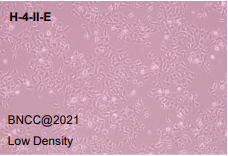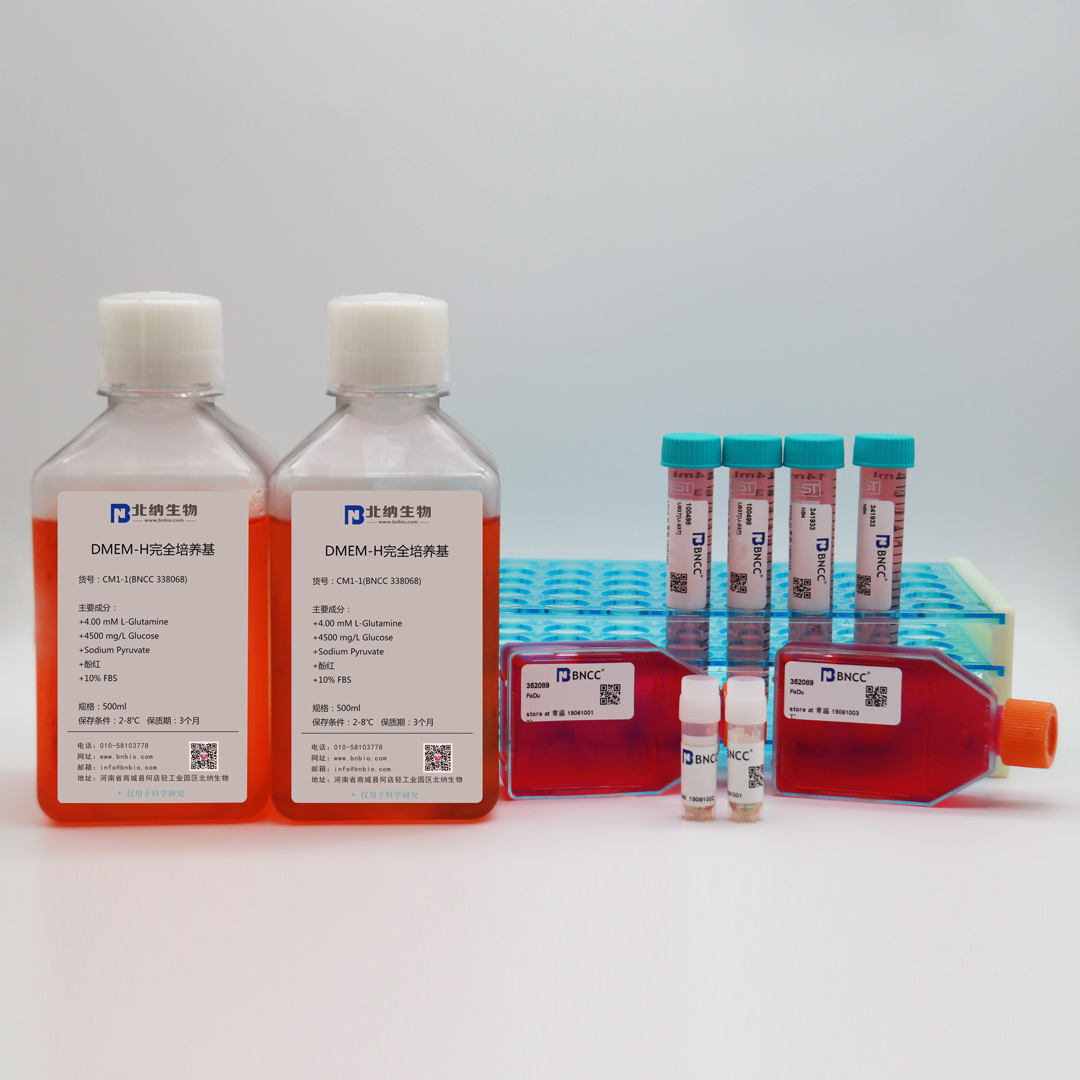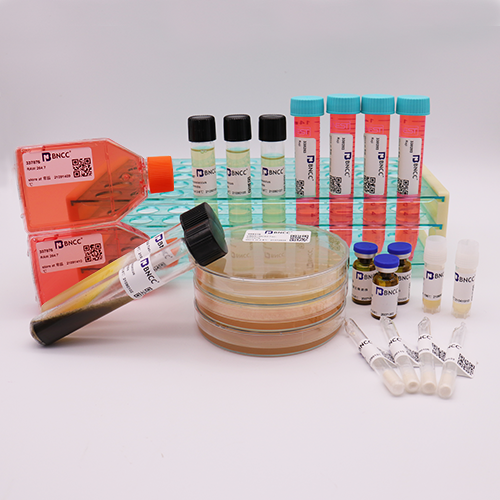H-4-II-E rat hepatoma
BNCC number: 359903
Growth properties : Adherent growth
Growth conditions: 37 ℃,5% CO2
Complete medium: 89% EMEM + 10% FBS + 1% NEAA
Frozen storage conditions: 50% EMEM + 40% FBS + 10% DMSO
Receiving notice: if any abnormality is found on the day of receiving goods, please contact customer service within 24 hours. overdue goods will be deemed to be good! Freezing storage tube form: store in a refrigerator at -80 ℃ in time after receiving the goods. If it is not used for a long time, it should be transferred to liquid nitrogen overnight. During resuscitation, each tube shall not be retained once used up. T25 form: after receiving the goods, let it stand in the incubator for 2-3 hours, and then perform routine operation on the cells. Please strictly follow this instruction, otherwise no reissue service will be provided if cell inactivation is caused.
Recovery steps:
(1)The frozen vial is taken out of liquid nitrogen or -80 ℃ refrigerator and put into PE gloves, quickly submersed into a 37 ℃ water bath, shaken the frozen vial to accelerate dissolution, and it is advisable to dissolve all within 1min;
(2)Put the dissolved cell solution into a centrifuge tube containing 9ml of complete culture medium in an ultra-clean table, centrifuge at 1000-1200rpm for 5min, discard the supernatant, ?resuspend the cells with 1-2ml of complete media.
(3)The cell suspension was added to T25 flask containing 5-6ml complete medium and cultured in an incubator.
Subculture:
(1)remove the medium, rinse twice with PBS , and add 1-2mL pancreatin (0.25% Trypsin + 0.02% EDTA);
(2)Observe the digestion situation under the microscope. When the cell edge shrinks and the adherent is loose (a pasteur pipette can be used to suck up some pancreatin and gently blow somewhere in the cell layer, and the cell layer can be seen to detach with naked eyes, I .e. digestion is completed, otherwise digestion is continued), directly suck out pancreatin, add 5-6mL of complete medium, gently blow the cell layer off.
(3)dispense the cell suspension into a fresh T25 flask as the ratio of 1:2, add appropriate complete culture medium, make the cell suspension well distributed, and culture in an incubator.
(4)Pay attention to the change of pH value of media and cell density, renew the media regularly (2-3 times a week), and repeat the passage operation or cryopreservation when the cell density reaches 80%-90%.
Notes:
(1)The cells are density dependent. Initiate the subcultivation in T25 flask when the cell density reaches 80%; A subcultivation ratio of 1:2 is recommended.
(2)If the cells in sealed culture bottle, put it into the incubator for cultivation after handling, with the cap unscrewed.
Recovery record: according to the recovery requirements, the above cell lines were recovered, and the recorded results were as follows:
| Item |
quality standard |
recovery record |
| viability: |
adherence is observed in 18 hours, the cell adherence rate ≥ 80.0% in 88hours |
adherence is observed in 18 hours, the cell adherence rate ≥ 80.0% in 72hours |
| cell morphology: |
epithelial cell-like |
epithelial cell-like, polygonal, fusiform |
| attached figure: |
 |
 |
| Conclusion: |
good viability, and no abnormal cell morphology, qualified |

 info@bncc.com
info@bncc.com
 - English
- English
 - Japanese
- Japanese






